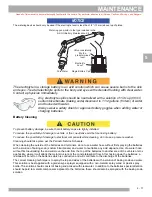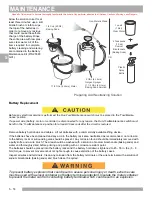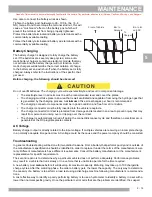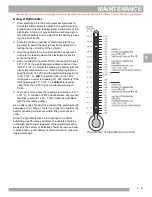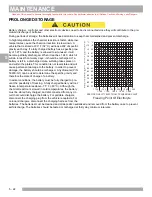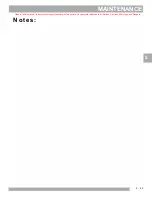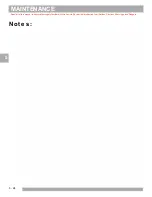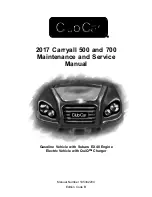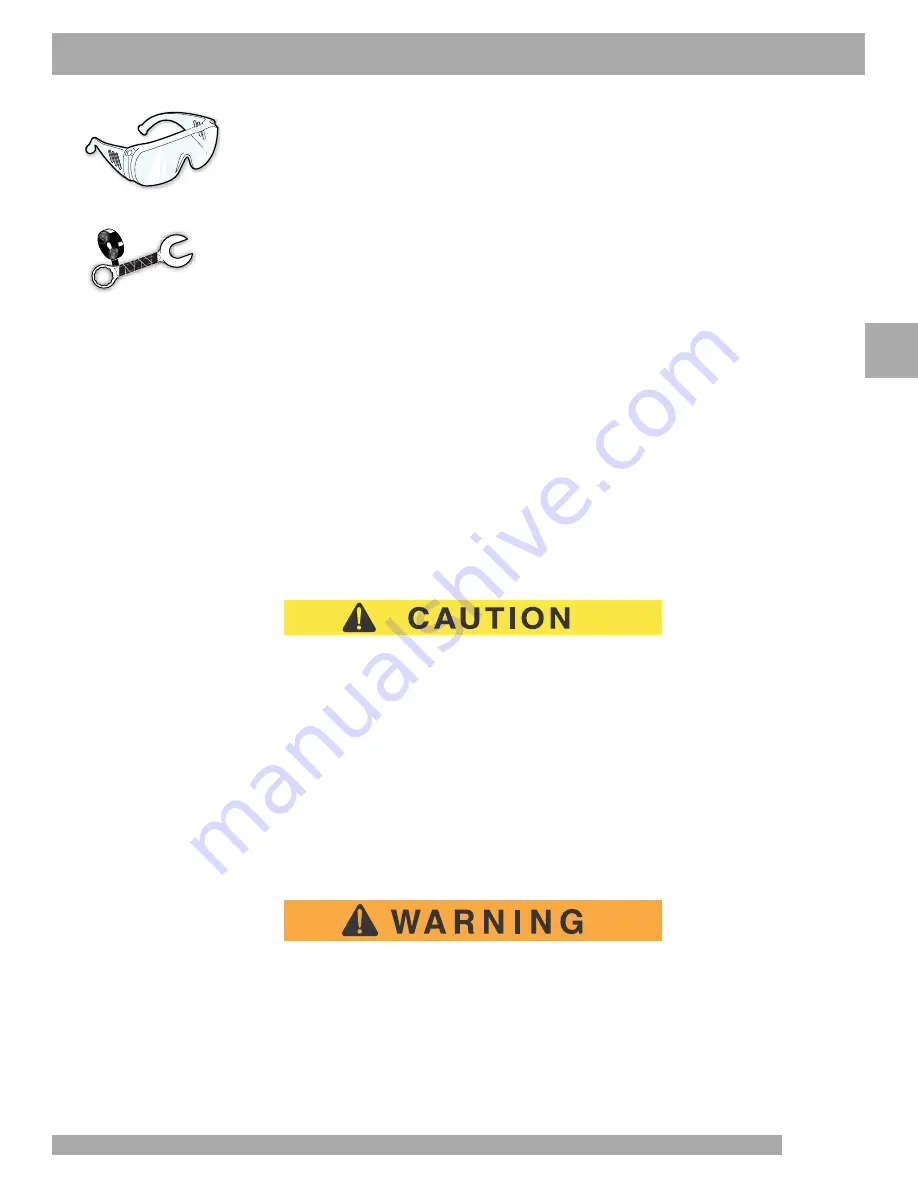
5 - 9
MAINTENANCE
Read all of this manual to become thoroughly familiar with this vehicle. Pay particular attention to all Notices, Cautions, Warnings, and Dangers.
5
Wear eye protection when working on the vehicle. Use extra care when work-
ing around batteries, or using solvents or compressed air.
To reduce the possibility of causing an electrical arc, which could result in a
battery explosion, turn off all electrical loads from the battery before removing
battery wires.
Wrap wrenches with vinyl tape to reduce the possibility of a dropped wrench
‘shorting out’ a battery, which could result in an explosion.
The electrolyte in a battery is an acid solution which can cause severe burns to
the skin and eyes. Treat all electrolyte spills to the body and eyes with extended
flushing with clear water. Contact a physician immediately.
Any electrolyte spills should be neutralized with a solution of 2 teaspoons (10 ml) sodium bicar-
bonate (baking soda) dissolved in 1 quart (1 liters) of water and flushed with water.
Aerosol containers of battery terminal protectant must be used with extreme care. Insulate metal
container to reduce the possibility of can contacting battery terminals which could result in an
explosion.
It is in the best interest of both vehicle owner and service technician to carefully follow the procedures recommended
in this manual. Preventative maintenance, applied at recommended intervals, is the best guarantee for keeping the
vehicle both dependable and economical.
This vehicle will give years of satisfactory service, providing it receives regular maintenance. Refer to the Periodic
Service Schedule for appropriate service intervals.
ROUTINE MAINTENANCE
To prolong vehicle life, some maintenance items must be serviced more frequently on vehicles used under severe
driving conditions such as extreme temperatures, extreme dust/debris conditions, or frequent use with maximum
load.
To access the powertrain for routine maintenance, lift or remove the seat and remove the rear access panel. For
major repair, refer to the appropriate Technician’s Repair and Service Manual.
Some service procedures may require the vehicle to be lifted. Refer to LIFTING THE VEHICLE for proper lifting pro-
cedure and safety information.
Tire Inspection
Tire condition should be inspected per the Periodic Service Schedule. Inflation pressures should be checked when
the tires are cool. Be sure to install the valve dust cap after checking or inflating.
Brakes
To reduce the possibility of severe injury or death, always evaluate pedal travel before operating
a vehicle to verify some braking function is present.
All driving brake tests must be done in a safe location with regard for the safety of all personnel.























